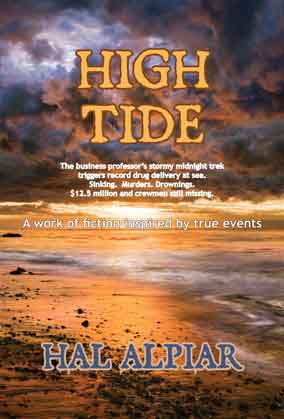Aug 11 2012
WORST CASE SCENARIO
Consider the worst,
but assume the best!
There’s no longer any excuse for being surprised in business (or life) when you’re able to discipline yourself to practice the thinking: “What’s the worst that could happen?” in every major decision . . . and then proceed to believe that only the best outcome will actually occur to reward your efforts!
Mind over matter? Perhaps. But, more than that, each worst case scenario situation you consider will better prepare you for the reality of what’s possible while it protects your belief in making happen what’s probable.
In other words, you will move forward most effectively when you’ve weighed the risks involved realistically.
Every leader worth her or his salt will attest to this thinking. The difference between it and a proverbial doomsday attitudes is simply that considering bad outcomes need only be a momentary departure from the positive thrust of making something positive happen.
Dwelling on negativity produces negativity.
Well, you say, making negative thoughts be fleeting ones is easy to SAY, you say. Ah, but it’s also easy to DO. Doesn’t it all come down to a matter of choice, after all? We do, by the way, choose our behaviors, yes?
So can we not simply choose to make negative thoughts be benchmarks with a caution flag?
Who’s to say that considering the worst possible outcome has to be a long, drawn-out, analytical affair? It’s as quick as saying, “If I take this deal, I could lose the farm” and then realize the risk is not a reasonable one. (Contrary to popular opinion, by the way, Entrepreneurs take only reasonable risks.)
If you have trouble stopping your own runaway train when decisions come to the surface, force yourself to close your mouth and take a deep breath through your nose. Get more oxygen into your brain and more blood-flow into your muscles. Then exhale the stress slowly through your mouth.
Every choice you make is a better choice when you have better control of yourself. More deep breathing more often will put you in better control of your self. Is that a no-brainer, or what? All from making the choice to consider the worst that could happen before moving forward? Whew! Look at what you just taught yourself. The lesson is worth repeating:
Make the choice to consider the worst
that could happen before moving forward.
# # #
FREE blog subscription Posts RSS Feed
P L E A S E N O T E N E W D I R E C T P H O N E N U M B E R
HAL ALPIAR Writer/Consultant 302.933.0911 TheWriterWorks.com, LLC
National Award-Winning Author & Brand Marketer – Record Client Sales
Open Minds Open Doors
Make today a GREAT day for someone!


